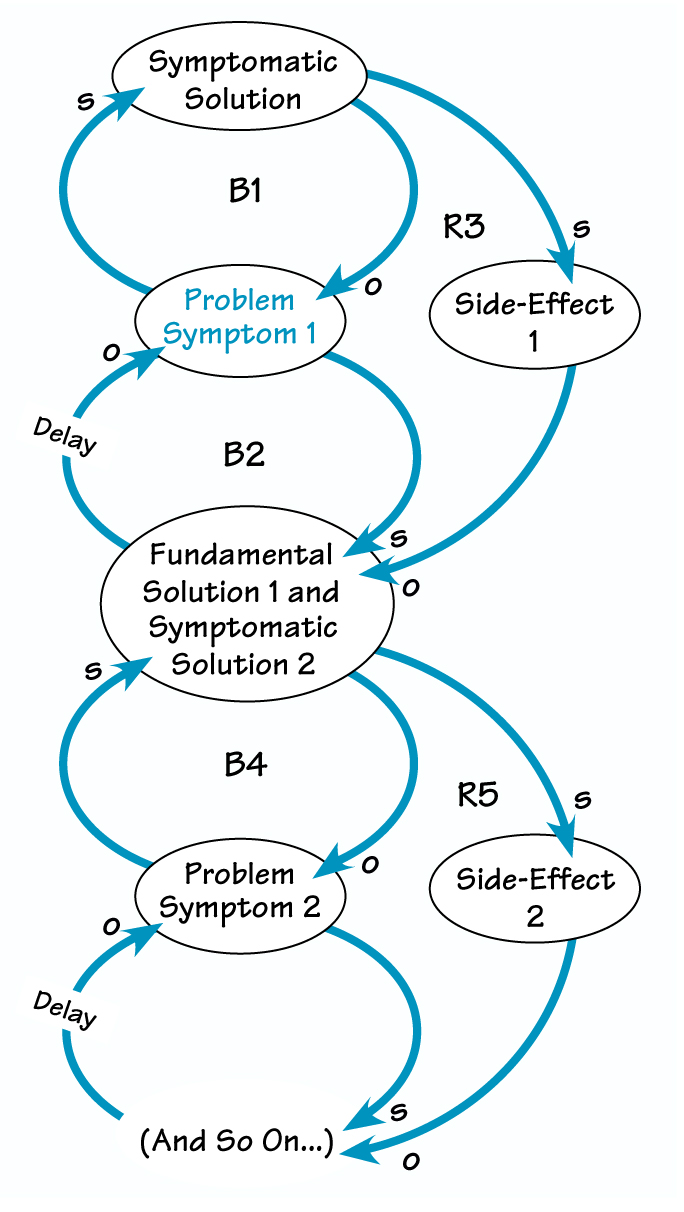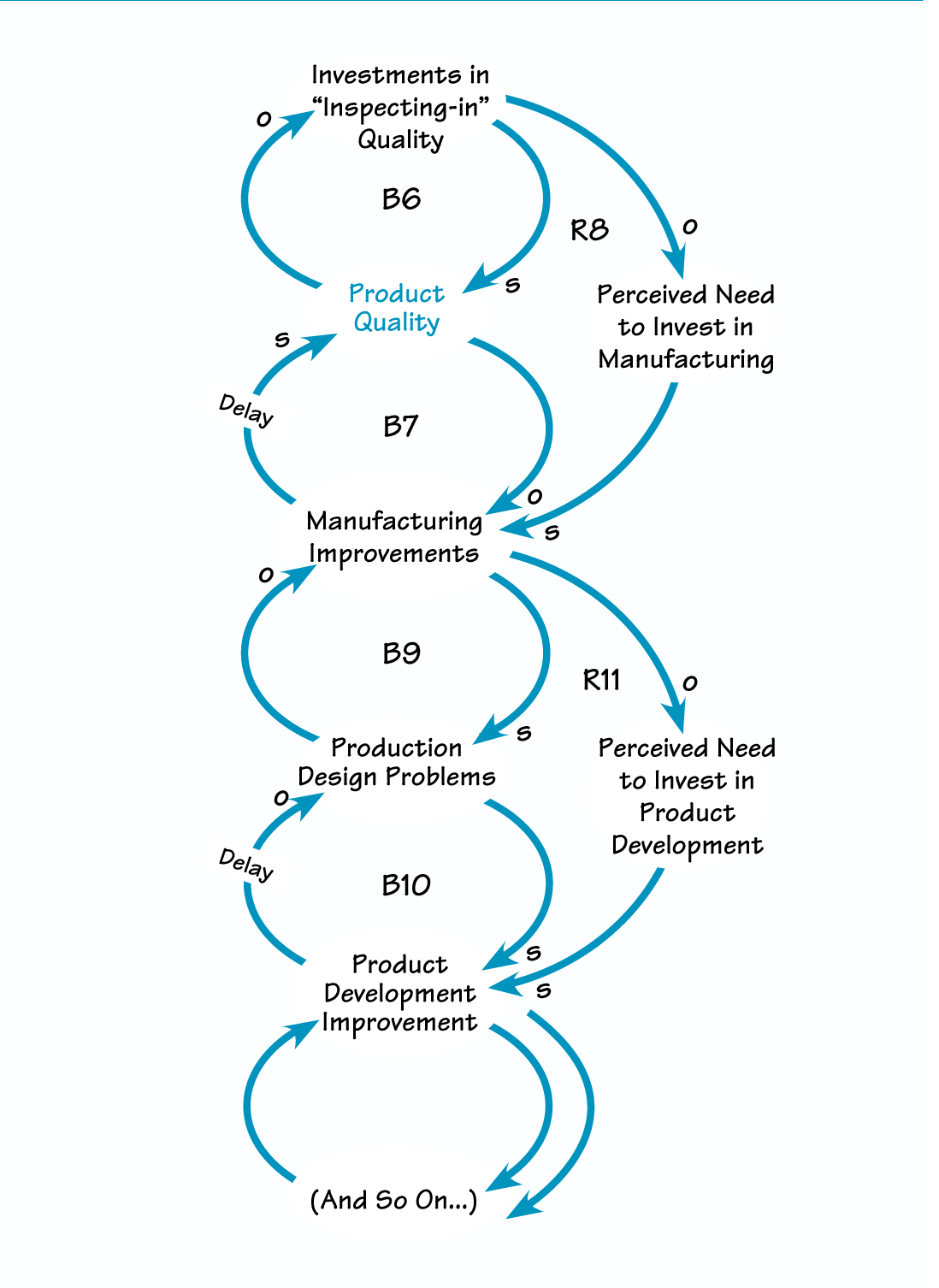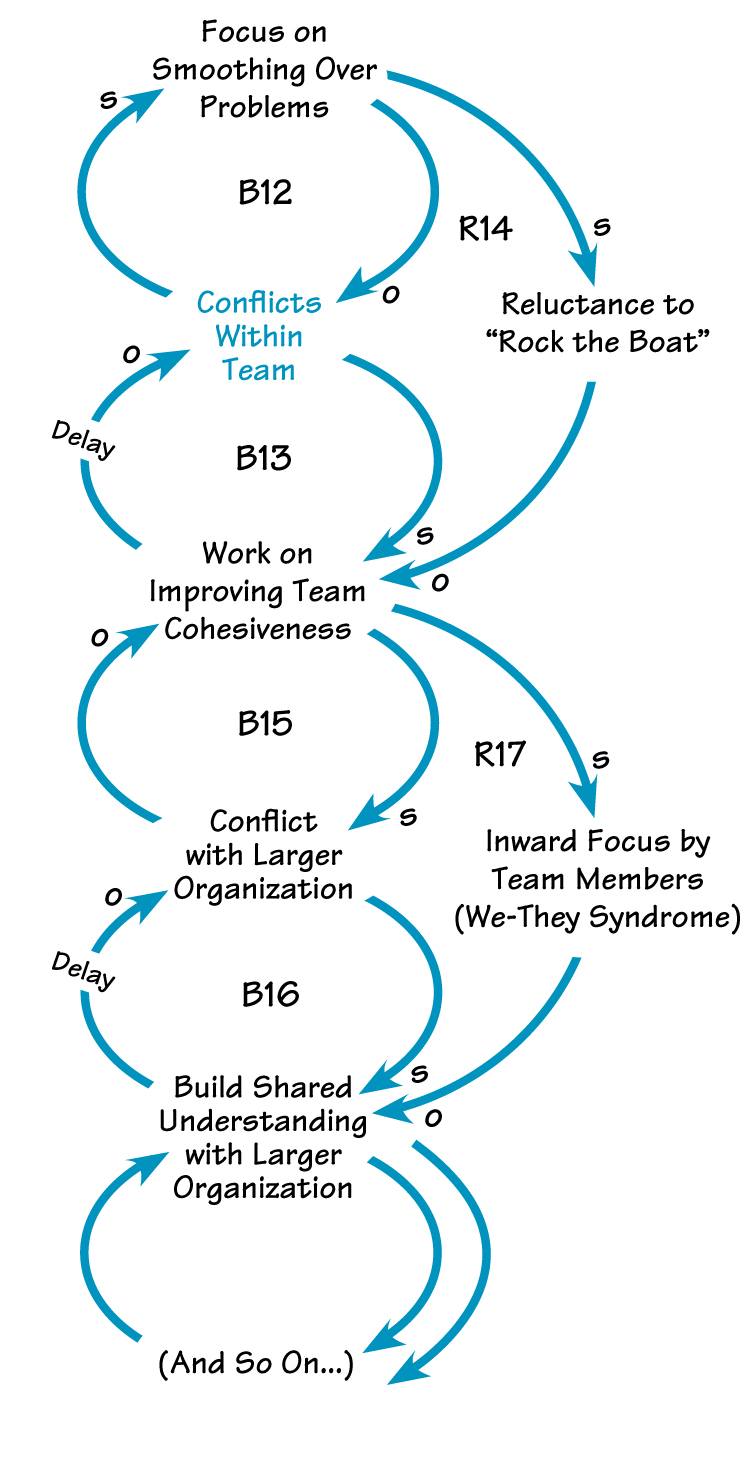There is an old story about a student who asked his master, “Teacher, what holds up the world?”
The teacher paused for a moment before replying, “The world is held up by a giant elephant.”
The student nodded his head and reflected on the answer in silence. A few minutes later, he spoke again.
“Teacher, what holds up the elephant?”
The teacher gave this question equal consideration, and then replied, “The elephant is held up by a great big whale.”
The student again nodded his head. But then he asked, “Teacher, what holds up the whale?”
“Ahhh, the whale is held up by a giant turtle!”
By now, the student was getting a bit perturbed and he blurted out, “But then what holds up the turtle?!”
The teacher’s eyes lit up. He paused ever so briefly before leaning over to the student and whispering, “It’s turtles all the way down.”
Looking for the Silver Bullet
We all have a tendency to believe that somewhere out there lies the answer to all of our problems. Like the student searching for a definitive answer about the foundation of reality, we search for “the root cause” as if we could find one if only we dug deeply enough. But each time we search for the cause of a problem, we uncover layers of new meanings that lead us to discover new problems.
The “Shifting the Burden” archetype helps us distinguish between solutions that address the symptoms of a problem from ones that focus on the fundamental structures or assumptions underlying the problem (see “Shifting the Burden: The ‘Helen Keller’ Loops,” September 1990). In the basic storyline of the archetype, a “problem” is addressed by applying a symptomatic solution that quickly alleviates the symptom. But by reducing the problem symptom, the symptomatic solution actually diverts attention away from more fundamental solutions. Furthermore, the symptomatic solution often produces a reinforcing side-effect that further reduces the ability to invest in more fundamental solutions.
When using the “Shifting the Burden” archetype, it is tempting to believe that whatever is put in the fundamental solution box is actually the fundamental solution. In past articles, we have pointed out that what is considered “fundamental” may differ depending on one’s point of view. For example, a manufacturing team would probably see the fundamental solution to a delivery delay problem very differently than a sales and marketing staff would. But even though we may acknowledge the importance of different perspectives, we may still believe that if we could only identify the fundamental solution, we could be done with the problem once and for all.
Multiple Fundamental Solutions
An alternative picture that is much more in line with organizational reality is shown in “‘Shifting the Burden:’ An Expanded View.” As this diagram shows, it is more accurate to think of the “Shifting the Burden” structure as an endless series of alternating symptomatic and fundamental solutions layered on top of each other—it’s balancing loops all the way down!
Oftentimes, discovering and implementing a fundamental solution uncovers deeper problems. But this does not mean that we can never hope to solve complex problems. When we have worked through an issue and uncovered the fundamental solution, we are then able to expand our perspective and see new problems and possibilities that were not obvious before.
“SHIFTING THE BURDEN” AN EXPANDED VIEW

For example, in the ’70s and ’80s, companies worked hard to address product quality issues (see “Product Quality Example”) by shifting their emphasis from inspecting-in quality (symptomatic solution, loop B6) to improving their manufacturing processes (fundamental solution, loop B7). Once the manufacturing processes were enhanced further, such efforts became a symptomatic fix relative to more fundamental improvements in product development (loop B9). But until manufacturing processes were improved, the shortcomings of the product development process were not apparent.
PRODUCT QUALITY EXAMPLE

We-They Syndrome: The Team Dilemma
A typical problem symptom that any team may encounter is conflict among the members. Since most people do not like to be in an environment of conflict, they will try to reduce it as quickly as possible. One easy way to smooth over the conflict is to act as if everything is fine (loop B12 in “Team and Organizational Conflicts” on page 3). Although this strategy does nothing to actually build the sense of teamwork, it provides a semblance of surface calm and allows us to get things done in the short term. But over time, a culture of avoidance often develops, making it virtually impossible to address the underlying problem because no one wants to “rock the boat.”
A more fundamental solution would be to develop a true sense of team cohesiveness (loop B13). This could happen through off-sites, team activities, or extended investments in creating an open and trusting work environment. Over time, team members begin to notice that people are watching out for the interest of the whole team and not just what works for the individual. Of course, this takes longer to accomplish than just smoothing over conflicts, but it provides a more fundamental basis for the team to operate more effectively in the future.
TEAM AND ORGANIZATIONAL CONFLICTS

When conflict occurs among members in a group, a common symptomatic solution is to “smooth over” the problems, to protect the image of group solidarity (B12). A more fundamental solution is to work on developing the cohesiveness within the team, which will lead to a stronger group identity (B13). However, as the team identity becomes stronger, it may generate conflict with the larger organization. At this point, the team members may react by identifying more strongly with the team, developing an “us against them” mentality. The fundamental solution of improving team cohesiveness thus becomes a symptomatic solution to the larger problem of conflicts within the organization. At this point, a more fundamental solution may be to work on integrating the team within the larger context of the organization (B16).
As a team grows more cohesive, however, there is a tendency for it to see itself as separate from others in the organization. References to “us vs. them” increase as individuals identify more and more with their team and less and less with the larger organization. As this happens, others in the organization may begin to feel that the team members are putting the team’s needs before the organization’s. For example, when resources grow tight in the organization, actions by team members to garner additional resources for the group may be viewed by others as “hoarding.”
Gradually, the conflict between this cohesive team and the rest of the organization grows (B15). While these conflicts may be temporarily relieved by pulling the team closer together, this process can actually make the conflict with the larger organization worse (R17). When this happens, the fundamental solution of improving team cohesiveness becomes a symptomatic solution. This does not mean that team building efforts should stop, but rather that equal emphasis should be placed on working with the larger organization—perhaps by helping others better understand what the team is trying to accomplish in the context of the organization’s goals. Otherwise, the reinforcing effects of an ever-increasing inward focus can make it almost impossible to get the team to engage with the larger system.
Everything is Connected
Now, if the whole organization becomes as cohesive as the original team, we might think that that was the fundamental solution. But the same dynamic can actually happen to the whole organization with respect to its suppliers. As the organization’s identity grows stronger, it can become a barrier when dealing with suppliers. The same can be said with respect to customers, and so on.
With “Shifting the Burden,” as with most systems thinking tools, the value is not just in the “answer” that is generated, but in the greater understanding of the system that is gained as we go deeper into the underlying issues. The “Shifting the Burden” archetype can help us continue peeling back different layers of reality. As we become more effective at one level, it reminds us that there is always more leverage at the next level of understanding. Although it may be “turtles all the way down,” by looking carefully at the role of each one of those turtles in the larger system, we can be more effective at operating within the larger system.
Daniel H. Kim is co-founder of Pegasus Communications, Inc. and a co-founder of the MIT Center for Organizational Learning.
Editorial support for this article was provided by Colleen Lannon.
